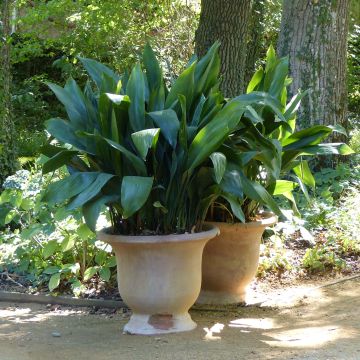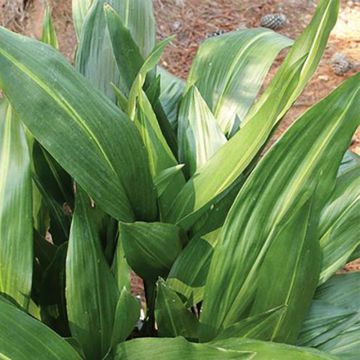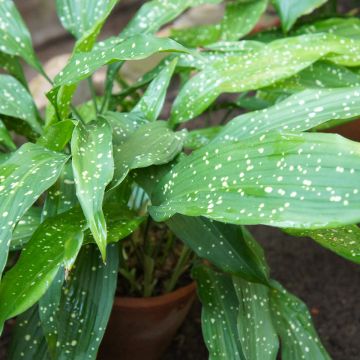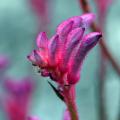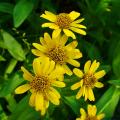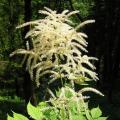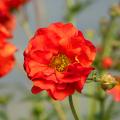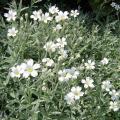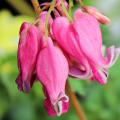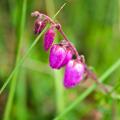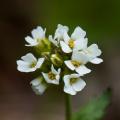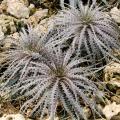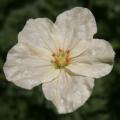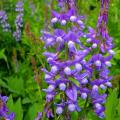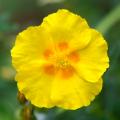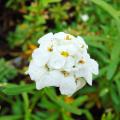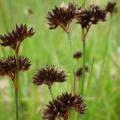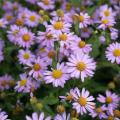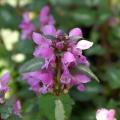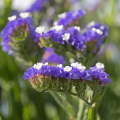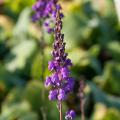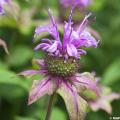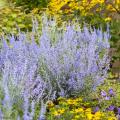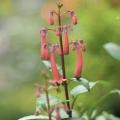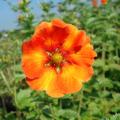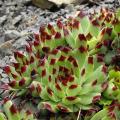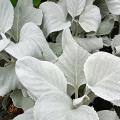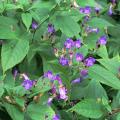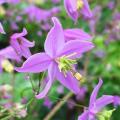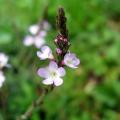Aspidistra
Does this plant fit my garden? Set up your Plantfit profile →
Available in 1 sizes
Available in 1 sizes
Aspidistra or Aspidistra eliator is a famous house plant known as the Cast Iron Plant due to its resilient nature
It is a very robust and relatively hardy plant (-12°C (10.4°F)), suitable for cultivation in open ground where it thrives in shade, even when dry. Aspidistra is a rhizomatous perennial plant of the Asparagaceae family. In addition to this famous plant of our grandparents' houses, the genus Aspidistra includes about 60 species, among which Aspidistra linearifolia (with narrow leaves), Aspidistra hainanensis (with linear leaves), or Aspidistra sichuanensis (speckled with light green) are used to obtain new varieties. The classic Aspidistra eliator forms a dense bouquet of green and glossy leaves, evergreen in winter. However several cultivars in different colours are now available, such as striped ('Zebra'), variegated ('Variegata'), spotted ('Milky Way'), or striped ('Lennon's Song'), to vary the pleasure.
Without doubt the Aspidistra deserves much more than a dark corridor or dusty corner. It is an elegant, versatile and low-maintenance plant, ideal for dressing a bright understory, the base of trees, the edge of a pathway, or a rock garden. It is so accommodating that it will forgive a lack of watering, therefore thriving in unmaintained gardens or those of weekend properties.
Haven't found what you were looking for?







































